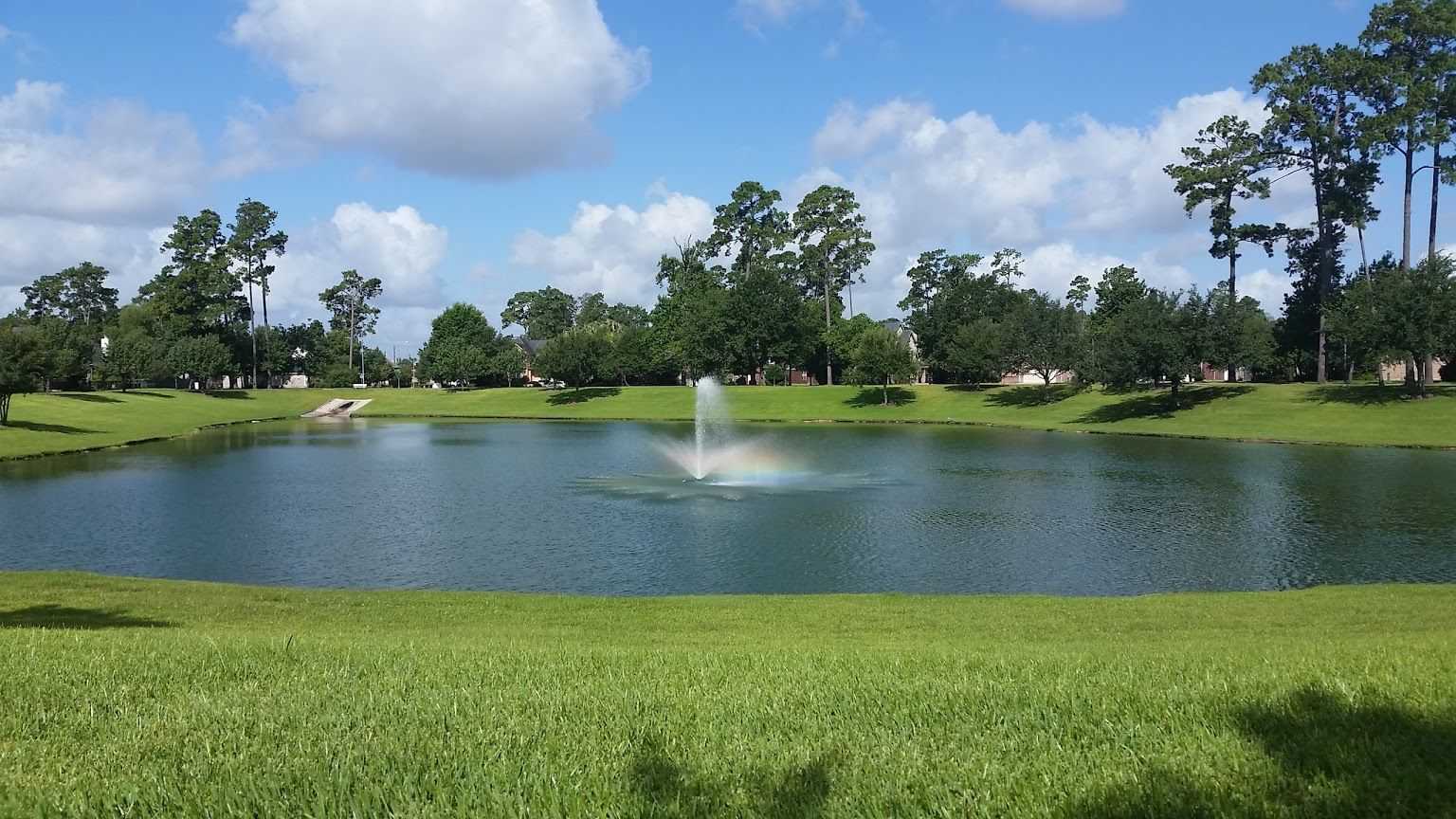As the Texas Coast moves into hurricane season, the Harris County Municipal Utility District 249 Board of Directors wants to be certain residents are aware of flood preparedness. The District works hard to ensure all of our drainage infrastructure is in good working order to help mitigate flood risks for our neighbors.
During the rainstorms that came on May 3, 2019, Harris County Municipal Utility District 249 streets filled with water, causing understandable concern for some residents. The HCMUD 249 Board understands that concern but would like to assure residents that the streets are designed to carry water as they did that day.
The streets filling with water is a design feature of the roadway, said John Davis, the District’s engineering consultant. During a rain event, the streets are designed to carry water from the neighborhood to storm sewers and drainage ditches, which take the water away from residents’ homes, he said.
Flood mitigation tools managed by the District include storm sewers, drainage ditches and ponds and vegetation that prevents erosion in and near ditches. These items work in tandem with other flood mitigation tools supplied by Harris County to keep our residents and their property safe from flooding.
During the May 3 rain showers, the most intense period of rain in nearby Harris County Flood Control District gauges was 0.8 inches in a 15 minute period. In comparison, during Hurricane Harvey, that same gauge saw only 0.6 inches of rain in a 15 minute period. Even during the intense rainfall such as was seen on May 3, no homes were flooded within HCMUD 249.
There are precautions that residents should take to ensure their families and property are safe during a storm, even if homes are not flooded.
- Trash cans should be pulled in from the street to keep them from being washed away and tipped over. A spilled trash can may send debris into storm sewers and other drainage infrastructure that not only makes the District look dirty but may also negatively impact the functionality of drainage tools by causing blockages.
- Any cars parked on the street should be moved into the garage or driveway. Vehicles, especially cars that sit low to the ground, may be damaged by the water in the streets if left parked on the roadway.
- If streets in the District are filled with water, avoid driving on them if possible. If not, drive slowly to avoid causing waves that may push water into neighbors’ property and water or unseen items in the roadway may damage your vehicle. Never drive into high water outside of the District - Turn around, don’t drown.
- Do not walk in high water on streets within the District. Debris, potholes, rough spots or other hazards may be difficult to see and avoid, which may lead to injuries.
Additional emergency preparedness information is available through the Federal Emergency Management Agency's Floodsmart website.
The HCMUD 249 Board of Directors also encourages residents to purchase flood insurance as a contingency against loss. While the District carefully maintains its drainage infrastructure, no manmade infrastructure can fully protect against flooding caused by major storms. Flood insurance is available through the National Flood Insurance Program and can be added on to your current homeowners' policies, usually through your current insurance agent.
The District works diligently to maintain and improve flood mitigation tools such as roadways, storm sewers, drainage ponds and ditches. Any residents who see clogs or damage to drainage infrastructure should report it immediately to the Board via the District’s Contact Us page.
